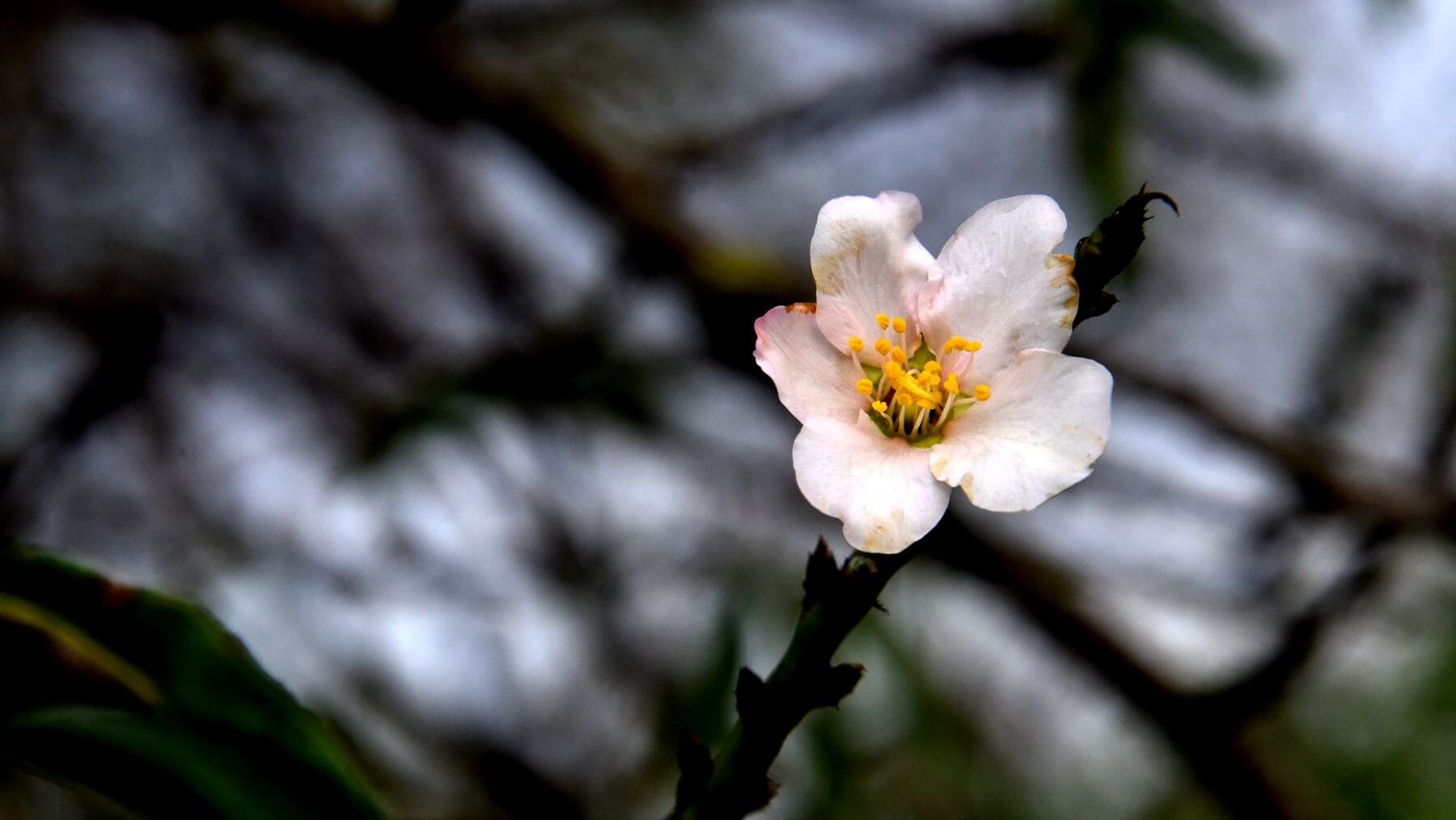Climate change has made it easier for the droughts and excessive heat we have experienced in recent years to impact the economy natural calendar of different types of plants. This has caused them to germinate at the wrong time and bloom outside the usual times.
When we see a flowering plant, we rarely think about whether the presence of the flowers is normal for that time of year. We limit ourselves, if necessary, to taking a photo, uploading it to the networks and enjoying the colors and the smell. However, plants are much more complex than we tend to think.
According to data from the citizen observatory CREAF RitmeNatura, with support from the Servei Meteorològic de Catalunya (SMC), 214 species plants They flourished when Catalonia was out of action between July 2023 and June 2024 due to global warming. Fruit trees, vines, sun roses, poppies, blackberries, brooms, hollyhocks, etc. have experienced flower growth, as well as periods of second flowering in a season of the year that does not correspond –some plants have confused autumn and spring-.
In particular the plants that have been most cited during this period blooming when it wasn’t their turn They were the broom, the cardota, the winter heather, the plum tree and the immortelle. As for this autumn, the trend has continued and since mid-September almost 60 species have been discovered to bloom again when it was not their turn.
To monitor this situation hand in hand with environmental awareness, the RitmeNatura citizen observatory is launching this academic year 2024/25 a new project, FenoRural, which calls for the participation of the population in rural areas and will allow visitors to explore various institutions in these areas to visit. regions to try to receive phenological data from all over Catalonia for the next two years.
The FenoRural team will develop educational workshops and participate in local fairs and festivals related to phenological events (flowering, harvesting, etc.) to publicize the power of citizen science and its effects. climate change in rural areasl.
The coast is hit harder
Although climate change has a very uneven impact depending on the area, it has been observed plants with flowers outside their usual season in much of Catalonia. RitmeNatura volunteers registered deviations in 35 regions and 138 different municipalities between July 2023 and June 2024.
“Specifically the regions with higher percentage of abnormal flowers They are Baix Empordà, Montsià and Tarragonès, where approximately one in ten phenological observations collected showed flowering outside the usual season. On the other hand, there are ten border areas where we have not received any reports of late flowers, despite having sufficient data,” explains Gerard Gaya, technician at CREAF’s RitmeNatura observatory.
“In some regions we have a lot of information and volunteer work, but in others there is a lack of citizen participation. we want to resolve this imbalance because they have a significant and homogeneous amount of data available throughout Catalonia. That is why we promote citizen science projects that reach the last corner of the country,” concludes Gaya.
To detect these phenological changes throughout the Catalan territory, the RitmeNatura observatory of CREAF and the FenoCat network of the SMC are promoting the FenoRural project. This two-year initiative, funded by the Spanish Foundation for Science and Technology (FECYT) of the Ministry of Science, Innovation and Universities, aims to promote citizen participation in rural areas to effects of climate change through phenological observation. In doing so, it will strengthen scientific culture by bringing science closer to society so that it understands that it is a resource that it can access and be part of.
Nature, plants and citizen science
Phenology is the scientific branch that describes and studies the relationship between climate and the natural cycles of species (flowering of species) plants, fruit ripening, leaf fall, animal migration, etc.). When the temperature and precipitation regime changes significantly, as has happened in recent years, some of these natural calendars are altered changed by seasonal species confusion. The RitmeNatura observatory investigates these effects thanks to the cooperation of volunteers, so-called citizen science.
“Not just the compilation of unusual flowers from last year shows the consequences of climate changebut emphasizes the importance of the specific contributions of our volunteers. For example, a single photo of a flowering almond tree in November already confirms the phenological progress,” says Ester Prat, coordinator of the Observatory.
“The most valuable observations, however, are the recurring ones, when a volunteer sponsors a plant or tree and explains to us how it changes over a number of months,” Prat concludes. These recurring observations have been carried out, for example, by observers from the Xarxa Fenològica de Catalunya (Fenocat) of the Servei Meteorològic de Catalunya.
The different ones plants They have their own ‘natural calendar’ that encourages them to exhibit certain behaviors depending on what time of year we are in. The variations caused by climate change They are very harmful to many plant species.

